poaching
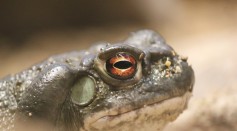
Wild Animals for Sale Online: Dark Web Traded Not As Pets But For Recreational Drugs
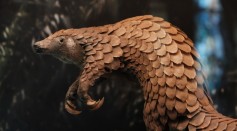
Protect Pangolins: These Creatures Are Threatened by Illegal Trade, Poor Regulation
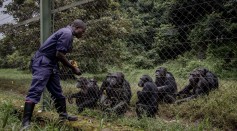
First-Ever Genetic Map of Chimpanzees Shows Traces of Their True Origin, Also Helps Anti-Trafficking
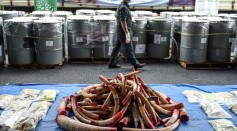
DNA Unveils Elephant Ivory Smuggling Tactics for Poaching, Shipment, Connectivity of Traffickers Exposed
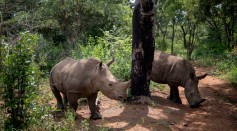
Radioactive Injections: How Does This Method Help Against Slaughtering of Rhinoceroses, Poaching, Smuggling of Rhino Horns?
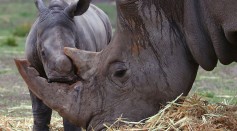
Kenya Rino Anti-Poaching Drive Reports Zero Incidents for the First Time After Two Decades
Recycled, Solar-Power Cellphones are Catching Poachers and Illegal Loggers in Forests

Poachers Beware: Swedish Motorbike Company Launches Anti-Poaching Electric Bike
Lab-Produced Embryos Could Save White Rhinos From Extinction
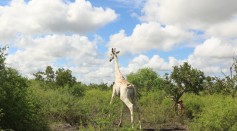
The Last White Giraffe is a "Wake-Up Call to Continue Conservation Efforts"
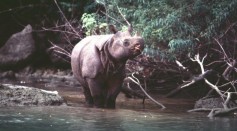
Sighting of Endangered Javan Rhinos Encourage Conservation Efforts of the Species
11 Elephants In Zimbabwe Died of Unknown Cause, Experts are Now Investigating
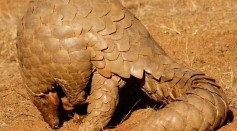
New Study Shows the Extent of Global Illegal Wildlife Trade
Suspected Rhino Poacher Crushed by Elephant and Eaten by Lions
Most Popular

How Technology Is Changing the Real Estate Industry?

How a Plant-Based Diet Can Protect Against Breast Cancer: Insights from Nutrition Research

Study Reveals High Turnover in Scientific Research Careers: What This Means for Future Scientists

Why It's So Difficult to Lose Weight: The Biological Explanation Behind Obesity






